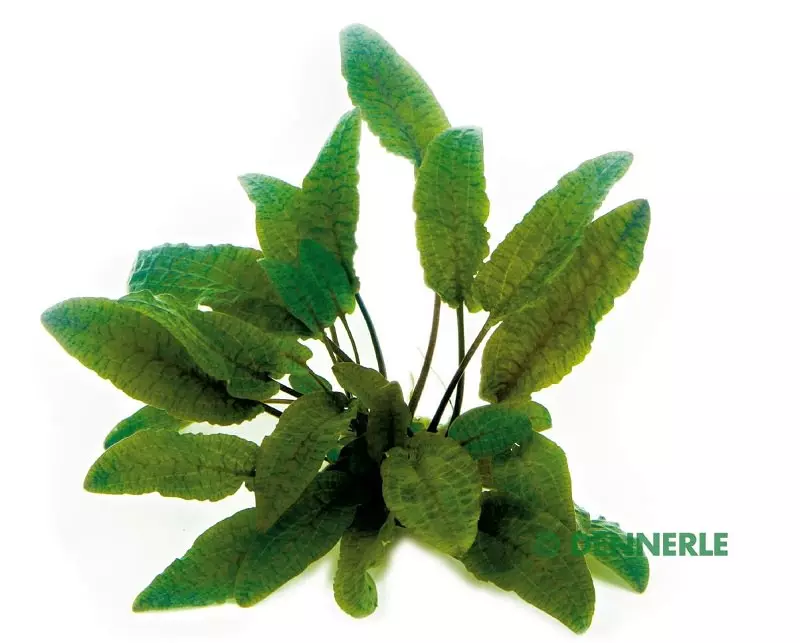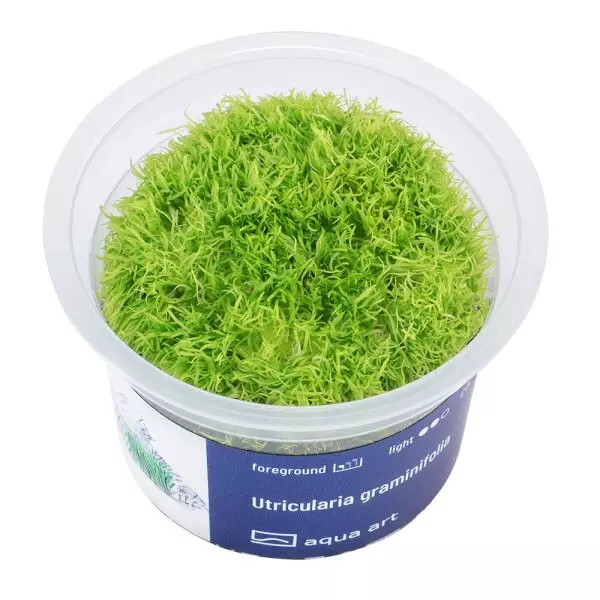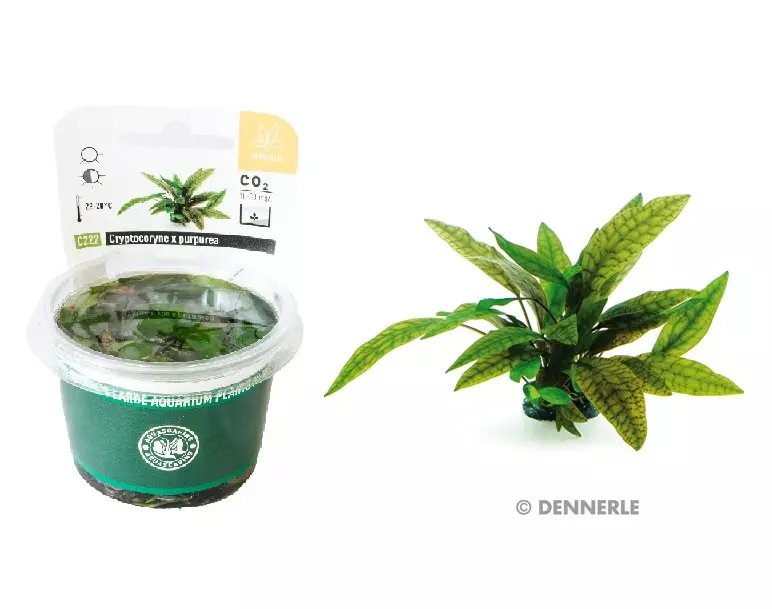

CHF 10.90
Stock: 0
Available in 1-3 days, acquisition time 14 days

Cryptocoryne wendtii Braun
Brauner Wasserkelch
(ehemals Cryptocoryne wendtii Tropica)
| max. Wuchshöhe | - cm | Herkunftsland | Sri Lanka |
|---|---|---|---|
| Eignung | Gesellschaftsaquarium, NanoCubes und Aquascaping | Typ | Rosettenpflanze |
| Familie | Araceae | Gattung | Cryprocoryne |
| Vermehrung | Ausläufer | Wuchsgeschwindigkeit | mittel |
| pH | 5-8 | Wasserhärte | sehr weich bis sehr hart |
| Hinweise | |||
Die braune Farbvariante der Cryptocoryne wendtii ist ebenfalls sehr beliebt und in vielen Pflanzenlandschaften einsetzbar. Ihre Blattränder sind leicht gewellt, die Blätter sind teilweise auch bullös geformt. Die Blattfarbe ist grün bis braun, zum Teil auch braun geflammt. Bei guter Beleuchtung werden ihre Blätter tief dunkelbraun. In Kombination mit anderen grünen Wasserkelchen wirkt dies sehr kontrastreich. Wie fast alle Cryptocorynen aus Sri lanka wächst sie gut im härteren Wasser und ist somit bestens für Cichliden-aquarien geeignet.
| Aquarium: | Community aquarium, Landscape/Aquascaping, Nano Aquarium |
|---|---|
| Feature: | Rosette plants |
| Genus: | Cryptocoryne |
| Growth: | medium |
| Origin: | Asia |
| Properties: | Rosette plants |
| Stand: | In the foreground |
1 of 1 reviews
5 out of 5 stars
Login
2 April 2020 20:34
Schöne Pflanze, wuchtig im Wuchs
Allgemein sehr schöne Pflanzen
Customers also bought
Similar products
Customers also viewed








.jpg)













